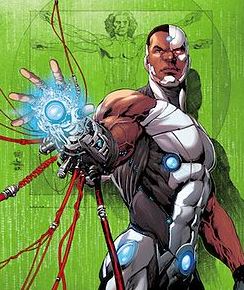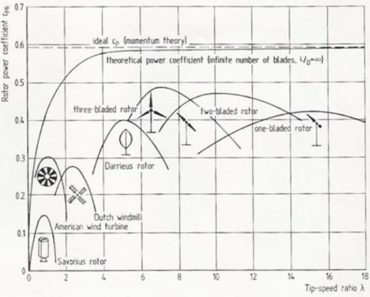It is no coincidence, that the golden age of comic books corresponded with the technological revolution and the space exploration. There was an explosion of ideas with what we can do with emerging technology. Among them was the very profound idea of amalgamating human body with machines. This concept went beyond exoskeleton for armour and prosthetics for amputees and disabled. In Fact, they ventured into enhancing humans through machines.
Hence many of ideas of not just Androids ( or Human Shaped robots) emerged in the golden era of comic books but also the concept of Cyborgs that had both Organic and Bio-mechatronic body parts. Or in other words Part human and part machines. Machines that could operate with the human tissue.
Today, we have numerous characters in the comic world based on this concept. In the 1980’s such was the popularity of cyborgs, that they came out of comic books, and made it into many mainstream movies that included the Terminator and Robo-cop. Children’s cartoons like Bionic Six and Centurions also encapsulated the idea. Likewise Androids enthralled audience with programs like transformers.
Part of the fascination from the concept of cyborgs was the idea of humans trying to create life, be it artificial in the image of themselves. In fiction the first known literature in this would be Mary Shelley’s Frankenstein. Most recently, the Justice league movie also featured the “Cyborg” Character. It is worthwhile exploring to which extent can humans integrate with machines.
We are all aware that advanced prosthetic limbs arms exist that can be controlled by the electrical signals sent by the brain through the nerves. The nerve endings can be connected to an interface (called the Electromyography sensor), that picks up the electrical signals and sends it to a computer that turns it into motor input signal, that in turn move the arm.
So Brain’s signals can be utilised to control machines. Another great example of this is cars, that have been produced that can be controlled by mind. There has been successful physical demonstration of mind-controlled cars.
The driver wears a headset with 16 sensors that read EEG signals (Electroencephalography ) in the driver’s brain and translate them into instructions to the drive-train via software.
So machines can be mind controlled. But what about the feedback to the brain. The neurons can send signal two ways. Can the prosthetic limb send signals to the brain about how hard or soft the material is that it is trying to hold lets say. The answer is yes. Though nanotechnology it is possible today to develop a layer or skin of sensors on the prosthetic limb that can send the signal back to the brain. This technology is fairly expensive and the relative advantage of having these feedback sensors is not high enough for commercial funding.
This brings us to the next question. How does non organic material interact with the human body once it is integrated with it. This has opened up a whole new field of Bio-compatibility.
We are already aware that apples are rich in iron and we eat them. Sweets in different parts of the world are covered with ultra thin silver foil and are also edible. There are certain materials including metals that our body can accept. On the other hand there are materials that are toxic to the human body. Mercury and other heavy metals are an example of that. Gold & Silver have been known from ancient times to be Bio-compatible and therefore were used in medicine. Fortunately this field of bio-compatibility has allowed us the explore materials that can be safely used as implants. Today we have many grades of polymer that are bio-compatible, Silicon and metallic bone implants have also commonly used in medical procedures.
We are now living in an era where stem cell research has allowed us to grow muscles in labs. Cultured meat is even being sold commercially. Genetic engineering has progressed leaps and bounds to a level where we are looking to regrow body organs for people that may need a replacement.
On one hand we have Biological computers that use biological material such as DNA and Proteins to perform computational calculations involving storing, retrieving, and processing data. On the other hand we have computers that can mimic the human brain with light beams for neurons. These two related technologies are almost the reciprocal of each other but there synergy has been made possible through the new emerging science of nanobiotechnology.
The development of computer chip brain implants is already underway. Likewise looking into regenerating the brain in lab or part of it is also being explored.
We have certainly reached a point in history, where the idea of part machine and part human is being realized before our very eyes. We should be careful in treading forward. The perils of artificial intelligence are often discussed. The scenario of achieving “Technological Singularity” has been the subject of many movies where mankind has been pitted against the machines. Technology that we don’t often fully understand can lead to disastrous consequences. If the world pooled our resources, Yes Cyborg could be a reality in the next 10 years. But should it be that is the more important question? Leave your thoughts in the comment section.







